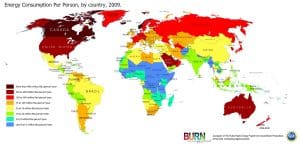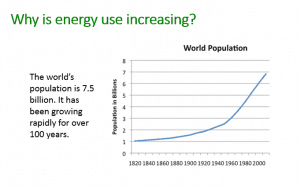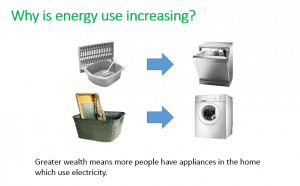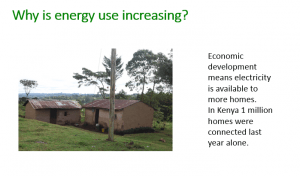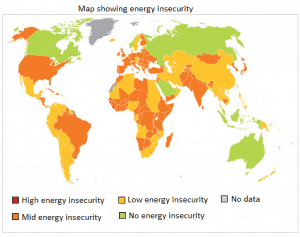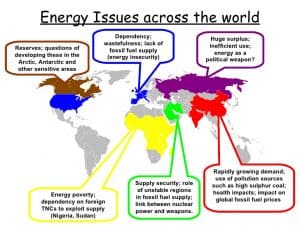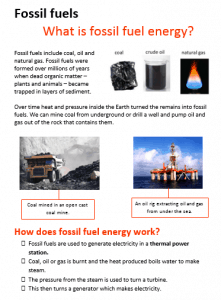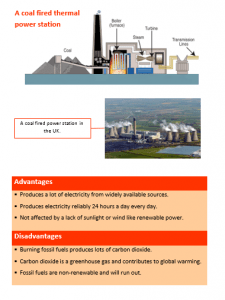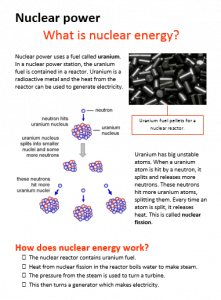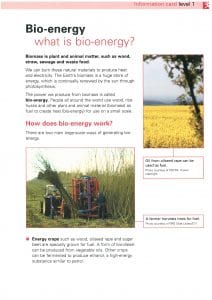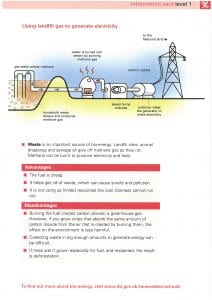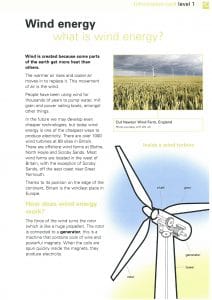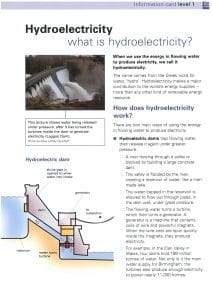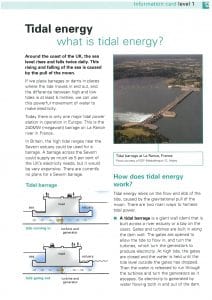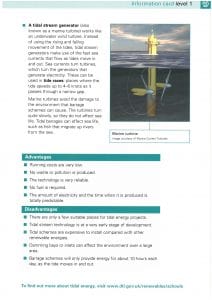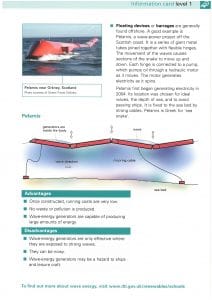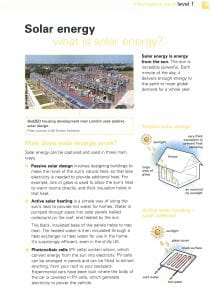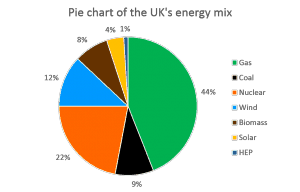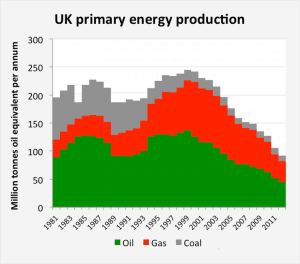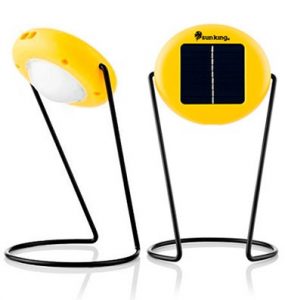Many HICs – such as Canada, USA, Australia, Iceland – consume alot of energy – over 400 million BTU (British Thermal Units) of energy per person per year. Many LICs in sub-Saharan Africa consume very little – less than 10 million BTU per person per year.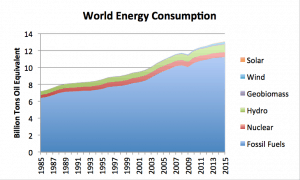
This stacked area graph shows that world energy consumption is growing. In 1985 the world consumed 7 billion tonnes of oil or equivalent. Today we consume 13 billion tonnes. Our energy consumption has doubled. The majority of our energy comes from fossil fuels.
Why is energy consumption increasing?
Energy security
Energy security is when a country has reliable, uninterrupted and affordable sources of energy to meet the demands of its population.
Energy insecurity is when a country lacks reliable, uninterruoted and affordable sources of energy to meet the demands of its population.
An energy surplus is when a country has more energy than it needs.
An energy deficit is when a country has less energy than it needs (and must rely on imported energy).
Energy security can be affected by physical factors, economic factors and political factors.
Impacts of energy insecurity
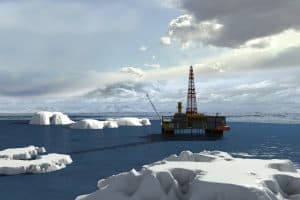 Declining reserves of fossil fuels means that many countries are looking for oil in new locations. Melting ice in the Arctic means it is possible to drill here for the first time. This would increase the supply of fossil fuels and improve energy security. However, it may cause pollution if there is an oil spill.
Declining reserves of fossil fuels means that many countries are looking for oil in new locations. Melting ice in the Arctic means it is possible to drill here for the first time. This would increase the supply of fossil fuels and improve energy security. However, it may cause pollution if there is an oil spill.
 Some countries that lack fossil fuels are starting to use crops to produce biofuels. This is when maize or wheat are turned into ethanol, which can be used instead of petrol. This reduces a countries reliance on fossil fuels imports. However, it means less food for human consumption and higher food prices.
Some countries that lack fossil fuels are starting to use crops to produce biofuels. This is when maize or wheat are turned into ethanol, which can be used instead of petrol. This reduces a countries reliance on fossil fuels imports. However, it means less food for human consumption and higher food prices.
 As fossil fuel reserves decline, energy prices rise. This means that oil, gas and electricity bills will rise. This will affect the poorest people most and lead to a rise in fuel poverty.
As fossil fuel reserves decline, energy prices rise. This means that oil, gas and electricity bills will rise. This will affect the poorest people most and lead to a rise in fuel poverty.
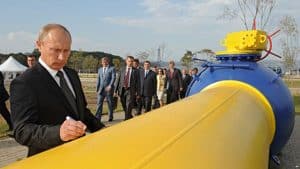 Europe does not produce enough gas to meet its demands. It does not have energy security: it relies on Russian gas supplies. Gas to Europe is supplied via a pipeline which goes through Ukraine. Russia and Ukraine are in a conflict with a war happening on Ukraine’s eastern border. Russia refused to supply Ukraine with natural gas and Ukraine refused to pay its gas bill to Russia. This dispute had the effect of limiting Europe’s gas supply. Gas prices rose for consumers and industry had to halt production. There is the potential for conflict where a country or region doesn’t have energy security and its supplies are threatened.
Europe does not produce enough gas to meet its demands. It does not have energy security: it relies on Russian gas supplies. Gas to Europe is supplied via a pipeline which goes through Ukraine. Russia and Ukraine are in a conflict with a war happening on Ukraine’s eastern border. Russia refused to supply Ukraine with natural gas and Ukraine refused to pay its gas bill to Russia. This dispute had the effect of limiting Europe’s gas supply. Gas prices rose for consumers and industry had to halt production. There is the potential for conflict where a country or region doesn’t have energy security and its supplies are threatened.
Energy sources
We can increase our energy supply using fossil fuels, nuclear power or renewable energy.
Non-renewable sources
| Advantages | Disadvantages |
| Produces lots of electricity.
Produces electricity 24 hours a day without relying on sunshine, wind or rain. Tried and tested technology. Fuel sources are widely available. |
Fossil fuels emit carbon dioxide when burnt which is a greenhouse gas and contributes to global warming.
Nuclear power produces dangerous radiation and radioactive waste. Fossil fuels and nuclear fuels will eventually run out. |
Renewable sources
| Advantages | Disadvantages |
| Does not emit carbon dioxide so no extra greenhouse gases are added to the atmosphere.
Global warming can be limited with use of renewable energy. Renewable sources will not run out. Renewable sources don’t add to air pollution. |
Renewable energy supplies can be interrupted if the sun stops shining or the wind doesn’t blow.
Relatively new technology that is still improving. Can be expensive as each wind turbine doesn’t produce much electricity so you need alot of them. |
UK’s energy mix
The UK generates most of its electricity using natural gas – 44%. Fossil fuels (gas and coal) account for 53% of the UK’s electricity, nuclear provides 22% and renewable sources (wind, biomass, solar and HEP) produce 25%. Coal is declining in the UK’s energy mix because the UK is running out of supplies to mine and because coal emits lots of carbon dioxide and sulphur dioxide. Nuclear and renewable energy is increasing because they emit less greenhouse gases.
The UK’s production of fossil fuels is declining as reserves of oil and gas run out. The UK produces energy equivalent to 100 million tonnes of oil per year. However, it consumes energy equivalent to 200 million tonnes of oil per year. Therefore, the UK does not have energy security because we rely on imports.
An example of fossil fuel extraction
To improve energy security, the UK is planning to use fracking in Lancashire to extract natural gas from shale rock.
Fracking will make us less reliant on Russian gas imports which can be interrupted and improve UK energy security. There could be over 1000 trillion cubic feet of natural gas in shale rock in the UK, which could be enough for 50 years supply for the UK. The gas produced by fracking will help to lower gas and electricity bills. Fracking could create 64 000 jobs in the UK and the spending on fracking could create £33 billion for UK GDP.
The fracking fluid injected to crack the rocks can pollute groundwater. Fracking in Lancashire caused 50 earthquakes up to magnitude 2.6 on the Richter Scale. Fracking is unpopular with local people in Lancashire because of the extra traffic and water pollution. Fracking produces natural gas, which when burnt will still contribute to global warming. The investment in fracking would be better spent on renewable energy, which does not produce CO2.
Sustainable energy
Your carbon footprint is the amount of carbon dioxide released into the atmosphere as a result of your lifestyle.
 A BedZED home, in London, emits less carbon dioxide than a standard home because it is well insulated. This means heat is not wasted. Much of the heating comes from the south facing windows. Heat is recycles using a heat exchanger and roof vents, rather than wasted when a window is opened. Solar panels on the roof generate electricity. Living in such a home reduces your carbon footprint as you use less fossil fuel.
A BedZED home, in London, emits less carbon dioxide than a standard home because it is well insulated. This means heat is not wasted. Much of the heating comes from the south facing windows. Heat is recycles using a heat exchanger and roof vents, rather than wasted when a window is opened. Solar panels on the roof generate electricity. Living in such a home reduces your carbon footprint as you use less fossil fuel.
 Using the Midland Metro tram emits less carbon dioxide than using a car because lots of commuters travel on one tram rather than many cars. You are less likely to get stuck in traffic wasting fuel. The electricity to power the tram could also come from renewable sources. Using such transport reduces your carbon footprint as you use less fossil fuel.
Using the Midland Metro tram emits less carbon dioxide than using a car because lots of commuters travel on one tram rather than many cars. You are less likely to get stuck in traffic wasting fuel. The electricity to power the tram could also come from renewable sources. Using such transport reduces your carbon footprint as you use less fossil fuel.
 Working in an office on Ludlow Eco Park emits less carbon dioxide than a standard office because they are well insulated to reduce the amount of heating. They have overhanging roofs to keep the office cool in summer and reduce air conditioning requirements. Working in such an office reduces your carbon footprint as you use less fossil fuel.
Working in an office on Ludlow Eco Park emits less carbon dioxide than a standard office because they are well insulated to reduce the amount of heating. They have overhanging roofs to keep the office cool in summer and reduce air conditioning requirements. Working in such an office reduces your carbon footprint as you use less fossil fuel.
An example of a local renewable energy project in a LIC
Solar cookers
 Solar cookers have been distributed or sold in Kakuma refugee camp in Kenya. 15 000 families cook with a solar cooker. On a sunny day temperatures in a solar cooker reach 2000C. They cost £20 and should last 10 years. A solar cooker saves £6 per month in firewood and reduces desertification. Less cooking on a wood fire indoors improved health and breathing.
Solar cookers have been distributed or sold in Kakuma refugee camp in Kenya. 15 000 families cook with a solar cooker. On a sunny day temperatures in a solar cooker reach 2000C. They cost £20 and should last 10 years. A solar cooker saves £6 per month in firewood and reduces desertification. Less cooking on a wood fire indoors improved health and breathing.
Solar lighting
400 solar lights supplied to rural communities in Kajiado and Makueni. They have been sold at a subsidized price of £7. Each household saves £1 per week in battery or fuel costs. Without solar power families use dangerous homemade kerosene lamps. There is more chance to study in the evenings which improves education.
